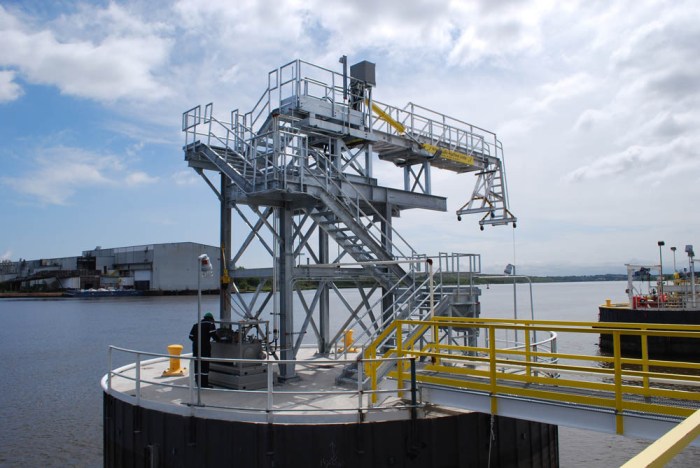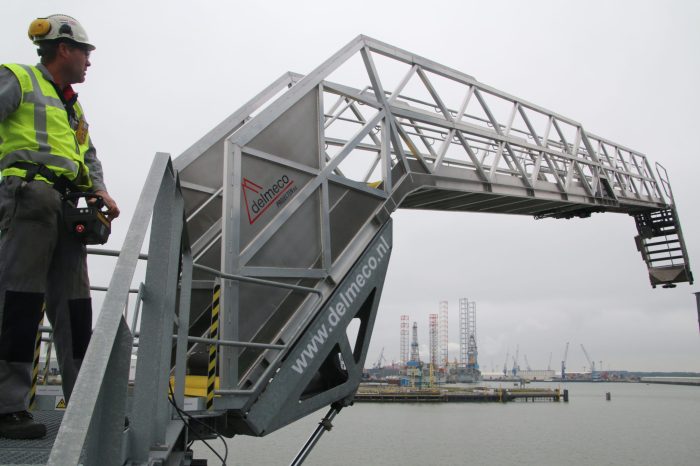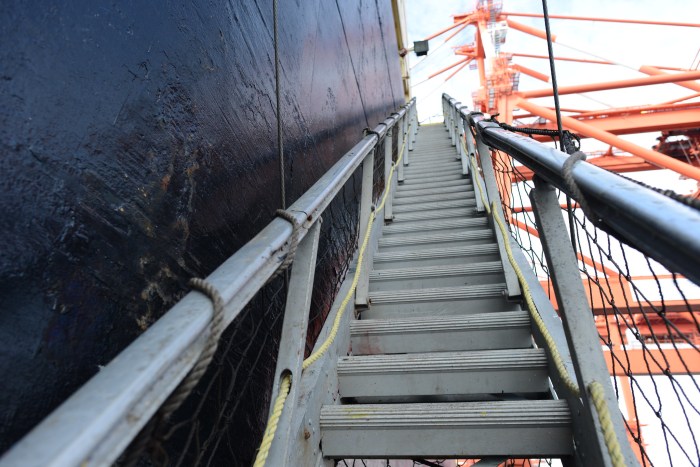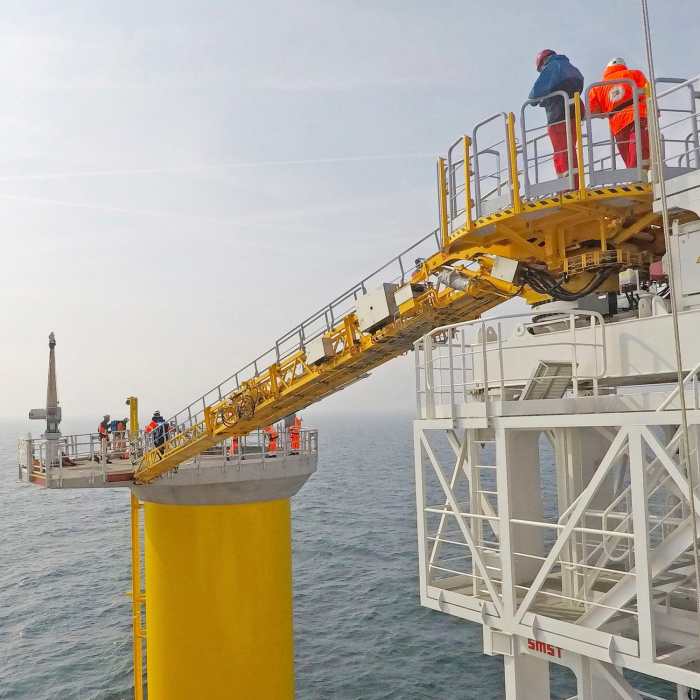The command gangway should be given under what condition – The command gangway, a crucial element in maritime operations, must be given under specific conditions to ensure the safety and efficiency of vessel movement. Understanding these conditions is paramount for responsible decision-making and minimizing potential hazards.
This comprehensive guide explores the safety considerations, operational procedures, communication protocols, emergency situations, and training requirements associated with issuing the command gangway. By adhering to these guidelines, maritime professionals can enhance safety, optimize operations, and ensure the smooth flow of vessels.
The Command “Gangway”

The command “gangway” is a critical safety procedure used in marine operations to allow safe passage between vessels or between a vessel and a dock. It is essential to provide the “gangway” only under safe conditions to prevent potential hazards and risks.
The premature issuance of the “gangway” command can lead to accidents, injuries, or even fatalities. It is crucial to follow established safety protocols and procedures before giving the command to ensure the safety of all personnel involved.
Safety Considerations
- Identify and assess potential hazards, such as weather conditions, sea state, vessel movement, and any obstructions in the vicinity.
- Establish clear communication protocols and ensure that all parties involved understand the procedures.
- Provide adequate lighting and visibility to ensure clear visibility of the gangway and surrounding areas.
- Inspect the gangway thoroughly before use and ensure it is in good working condition.
- Brief all personnel involved in the gangway operation on safety procedures and emergency protocols.
Operational Procedures
- The “gangway” command should be given by the officer in charge (OIC) or a designated representative.
- The OIC or representative should have a clear view of the gangway and surrounding areas.
- The command should be given clearly and concisely, using the standardized terminology.
- The gangway should be deployed and secured properly before allowing personnel to cross.
- Personnel crossing the gangway should maintain a three-point contact at all times.
Communication Protocols, The command gangway should be given under what condition
Clear and effective communication is essential when giving the “gangway” command. The following methods can be used:
- Verbal communication through a radio or intercom system
- Hand signals or visual aids
- Written instructions or signals
It is crucial to establish a common understanding of the communication methods and ensure that all parties involved are familiar with the procedures.
Emergency Situations
The “gangway” command should be given immediately in emergency situations, such as a fire or an evacuation.
- The decision to give the command should be made by the OIC or a designated representative.
- The gangway should be deployed as quickly as possible to allow for safe evacuation.
- Personnel should be instructed to cross the gangway in an orderly and controlled manner.
Training and Education
Training and education are essential for individuals responsible for giving the “gangway” command. This training should include:
- Knowledge of safety protocols and procedures
- Understanding of operational procedures
- Effective communication skills
- Emergency response protocols
Regular training and refresher courses should be conducted to ensure that personnel are up-to-date on the latest procedures and best practices.
Detailed FAQs: The Command Gangway Should Be Given Under What Condition
What are the primary safety considerations when issuing the command gangway?
Ensuring proper visibility, adequate lighting, and stable weather conditions are essential safety considerations.
Who is responsible for issuing the command gangway?
The captain or designated officer in charge is responsible for issuing the command gangway.
What are the potential hazards associated with giving the command gangway prematurely?
Prematurely issuing the command gangway can lead to collisions, injuries, or damage to the vessel.


